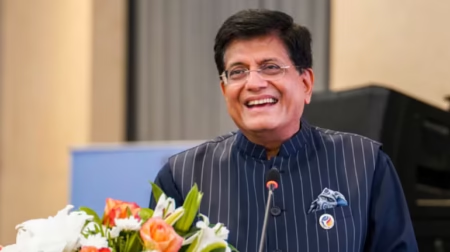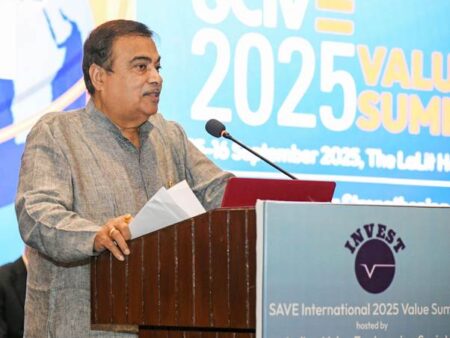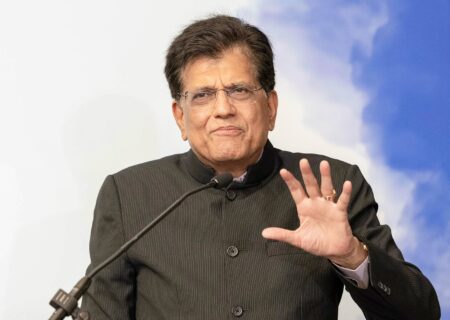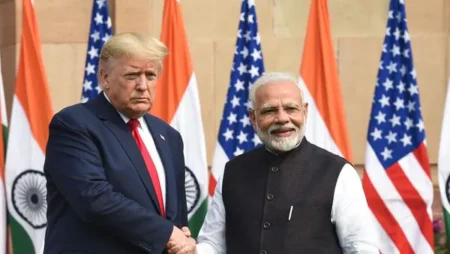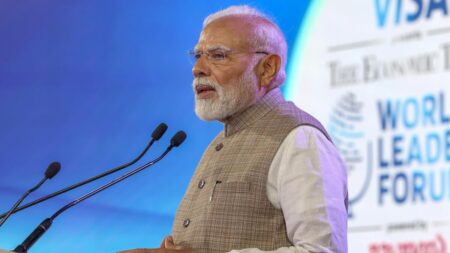UAVs are used in many different facets of aviation, from monitoring climate change to conducting post-disaster search and rescue operations, filmmaking, and communication in far-flung locations, but the military is the most prominent application for drones. UAVs were initially widely utilised in the Vietnam War, where they were put to a variety of innovative uses, including dropping leaflets, firing missiles, and serving as combat decoys.
Unmanned aerial vehicles, or UAVs, were first purchased by the Indian Army in the 1990s from Israel, and then by the Indian Air Force and Navy. During the 1999 Kargil conflict with Pakistan, India employed military drones for the first time to conduct photo reconnaissance along the Line of Control (LOC).
The Directorate General of Civil Aviation oversees the usage of all aerial vehicles in India, whether they are manned or automated (DGCA). Drones have entered the mainstream despite being initially created for the aerospace and military industries due to their higher safety and efficiency.

In an exclusive interview with CargoInsights, Amber Dubey, former Joint Secretary, Ministry of Civil Aviation, Government of India, discusses the current state of drone technology in India as well as the government’s policy and strategy to encourage the drone industry.
What is India’s current drone usage and technological situation?
Almost all areas of the Indian economy are benefiting greatly from drones. Agriculture, healthcare, disaster relief, geospatial mapping, surveillance, project monitoring, defence , and law enforcement are a few examples.
Due to their accessibility, adaptability, and ease of use, drones are proving to be important generators of jobs and economic growth, particularly in India’s remote and inaccessible regions.
Does the Center have any reforms or guidelines in place to promote the drone industry?
The Government of India has taken several steps to promote the drone industry’s growth. Some of these include the following:
- The liberalised drone rules of 2021 were notified on August 25, 2021. The new rules eliminate the need for several licenses, permits, and authorisations. The number of forms was reduced from 25 to five and the number of fee types from 72 to just four.
- The drone airspace map was published on September 24, 2021, in collaboration with 46 entities across several Union Ministries, State Governments, and Union Territories. The airspace map has opened up nearly 90% of Indian airspace as a green zone for drone operations, as compared to less than 10% earlier.
- The Production-Linked Incentive (PLI) scheme for drones has been notified on September 30, 2021, incentivising domestic manufacturing of drones and drone components.
- The UAS Traffic Management (UTM) Policy Framework has been published on October 24, 2021.
- A monetary grant program for the purchase of agricultural drones was announced by the Union Agriculture Ministry on January 22, 2022.
- All five application forms under Drone Rules, 2021, have been made online on the DigitalSky Platform on January 26, 2022.
- The Drone Certification Scheme has been notified on January 26, 2022, making it easier to obtain type certificates for drone manufacturers.
- Mission ‘Drone Shakti’ has been announced for supporting drone startups and promoting Drone-as-a-Service (DrAAS) as part of the Union Budget on 1st February 2022.
- The drone import policy was notified on February 9, 2022, banning the import of foreign drones and opening up the import of drone components.
- The Drone (Amendment) Rules, 2022 have been notified on February 11, 2022, abolishing the requirement for a drone pilot license. A Remote Pilot Certificate (RPC) issued by a DGCA-authorised drone school is adequate for operating a drone in India.
- Drone outreach programs have been organised in 12 states across the country to highlight various drone use cases and drone policy reforms.
- A grand event – Bharat Drone Mahotsav 2022 – was organised at Pragati Maidan in May 2022 to promote the Indian drone industry. The event was inaugurated by the Hon’ble Prime Minister in the presence of several leaders from the government, armed forces, diplomatic corps, industry, startups, and academia. The exhibition attracted over 70 drone exhibitors and 10,000 visitors.
- The list of 23 PLI beneficiaries was released on July 6, 2022. The beneficiaries include 12 drone manufacturers and 11 drone component manufacturers. The first tranche of PLI benefits is expected to be paid out in October 2022.
To set India on the path to being a global drone hub by 2030, the Ministry of Civil Aviation issued the amended Drone Rules 2021, which replaced the heavily criticised Unmanned Aircraft System (UAS) Rules, 2021, released on March 12, 2021. What is the situation right now? Are we on track to establish ourselves as the world’s drone hub by 2030?
- The 23 PLI grantees’ annual sales turnover more than tripled from Rs 88 cr in 2020–21 to Rs 319 cr in 2021–22. This is but one example of the enormous unrealised potential of the Indian drone industry.
- Over the next three years, the industry that manufactures drones and drone parts may get investments totaling more than INR 5,000 crore. The drone manufacturing sector’s yearly sales revenue could increase from INR 60 crore in FY 2020–21 to INR 900 crore in FY 2023–24. Over the next three years, it is anticipated that the drone manufacturing sector will create more than 10,000 direct jobs.
- The drone services sector is much larger in scope and includes operations, logistics, data processing, traffic management, etc. In the upcoming three years, it is anticipated to increase to approximately INR 30,000 crore. In three years, it is anticipated that the drone services sector will create over five lakh jobs.
- By 2030, India is definitely on pace to become the world’s drone hub.
Will India need to speed up the development of drone technology since it will be a key component in any future wars?
Yes, please. Recent military confrontations have shown that drones are becoming more and more important in influencing the outcome. We require a sisable fleet of superior all-terrain, all-weather drones that can perform surveillance, combat, logistical, and paramedic functions.
India depends on imported technology and is currently behind world leaders. To change the scenario within the next 5-7 years, the Indian government is collaborating with businesses, academic institutions, and drone start-ups.
Does India have the capacity to become a drone hub, and if so, how?
Given India’s traditional strengths in innovation, information technology, frugal engineering, and its huge demand base, the country has the potential to become a global drone hub by 2030.
The building blocks of policy, regulatory, and financial support have been provided. Multiple government ministries and departments at the central, state, and district levels are releasing work orders to spur demand for drones. The domestic component supplier base is being built slowly but surely. The number of DGCA-authorised drone schools is 31 as of September 20, 2022, and rising. Leading educational institutions have set up drone incubation centers that are coming up with innovative use cases that can be launched on a commercial scale.
How about the cybersecurity problems related to drone applications?
Drones, like any IT product, are vulnerable to cyber-attacks. The drone certification scheme notified by the Government of India on January 26, 2022, in consultation with the Quality Council of India, addresses this threat. A legal drone with a DGCA-issued type certificate is reasonably secure from a cyber-security angle.
Having said so, all drone users, like in the case of any IT product, need to watch out for advisories from the government or reliable industry sources regarding new cyber-security threats and keep taking corrective actions.
What message would you like to give to Indian drone start-ups?
The future of drones is here – for both commercial and military use cases. We may have lagged behind the world but are now hungry to be among the top. Indian drone startups have demonstrated tremendous zeal, innovativeness, tenacity, and determination to get here. This journey ahead will be tough, but we’ll get there, regardless. Just keep at it and don’t ever give up!






